Introduction
Wild salmon are fascinating creatures that inhabit both freshwater rivers and the vast ocean. Understanding their diet is crucial for various reasons, including conservation efforts and human consumption. The natural diet of wild salmon consists primarily of fish such as capelin, sprats, sand eels, and zooplankton organisms like euphausiids and amphipods. However, several environmental factors can influence their feeding patterns, including habitat conditions and seasonal variations. Human activities such as pollution and overfishing also impact the diet of wild salmon. By exploring what salmons eat, we can appreciate the nutritional benefits they provide and work towards sustainable fishing practices to ensure their survival in the future.
Overview Of Wild Salmon’s Diet And Feeding Habits
Wild salmon have a diverse diet consisting mainly of fish such as capelin, sprats, sand eels, and zooplankton organisms like euphausiids and amphipods. They are opportunistic feeders, preying on whatever organisms are present in their environment. The exact composition of their diet can vary depending on factors like habitat conditions and seasonal variations. Understanding the diet of wild salmon is important for conservation efforts and sustainable fishing practices. It also allows us to appreciate the nutritional benefits they provide when consumed by humans.
Importance Of Understanding What Salmons Eat
Understanding the diet of wild salmon is crucial for various reasons. Firstly, it helps in conservation efforts by identifying the food sources necessary for their survival. Additionally, knowing what salmons eat allows for sustainable fishing practices that ensure their population remains healthy. Moreover, studying their diet provides valuable insights into the overall health of aquatic ecosystems as salmons act as indicators of environmental conditions. Lastly, understanding their feeding habits enables us to appreciate the nutritional benefits they provide when consumed by humans.
Natural Diet Of Wild Salmon
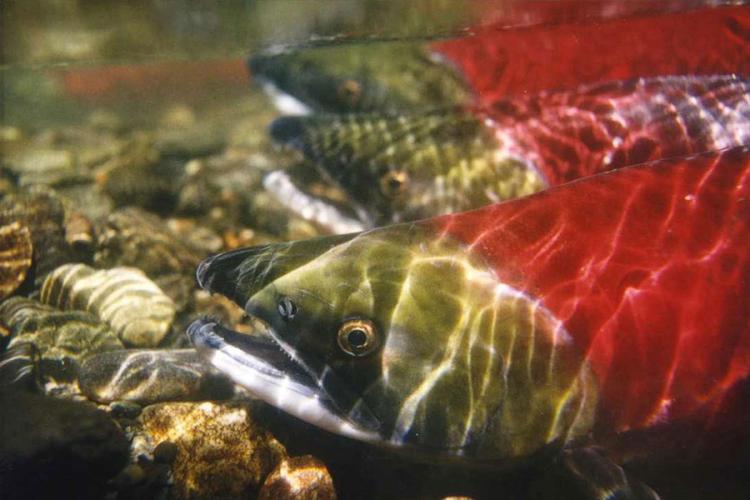
The natural diet of wild salmon consists primarily of other organisms found in their freshwater and marine environments. They are known to feed on a variety of prey, including insects, small crustaceans, and smaller fish. Their diet can vary depending on their life stage and habitat, with different species of salmon having specific preferences for certain food sources. This diverse diet ensures that wild salmon receive the necessary nutrients for their growth and survival in their natural environment.
Primary Food Sources For Wild Salmons
Wild salmons primarily feed on a variety of organisms found in their freshwater and marine environments. Their diet includes insects, small crustaceans, and smaller fish. These food sources provide the necessary nutrients for their growth and survival. Different species of salmon may have specific preferences for certain food sources, but overall, they have a diverse diet that ensures they receive the essential nutrients they need to thrive in their natural habitat.
Variety In Wild Salmon’s Diet
Wild salmon have a diverse diet, which contributes to their overall health and vitality. They consume a wide range of food sources including zooplankton, small invertebrates, and small fish such as herring and smelts. Additionally, they feed on squid, crustaceans, and various types of insects. This variety ensures that wild salmon obtain the necessary nutrients for their growth and survival. Their ability to adapt their diet based on availability allows them to thrive in different ecosystems and maintain their position as apex predators in the aquatic food chain.
Environmental Factors Affecting Salmon’s Diet
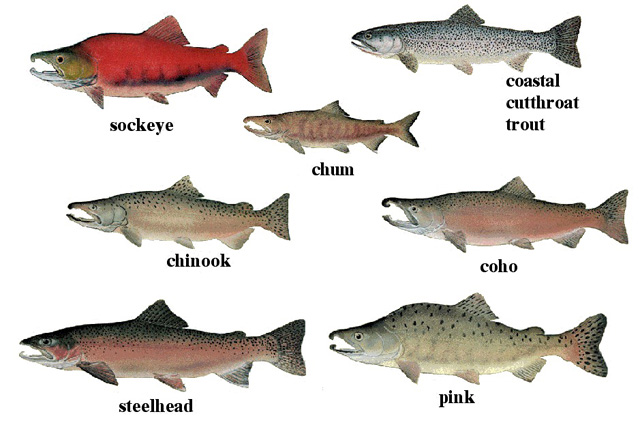
Salmon’s diet is influenced by various environmental factors. The habitat plays a crucial role in determining their feeding patterns. For example, salmon in freshwater ecosystems rely on insects and small invertebrates as primary food sources. In contrast, those in the ocean consume a variety of prey including fish and shrimps. Additionally, seasonal variations impact their diet, with availability of certain food sources changing throughout the year. It is important to understand these environmental factors to ensure the conservation and sustainability of wild salmon populations.
Impact Of Habitat On Salmon’s Feeding Patterns
The habitat in which salmon live plays a crucial role in shaping their feeding patterns. Freshwater ecosystems provide a variety of food sources for young salmon, including insects and small invertebrates. As they transition to the ocean, their diet expands to include fish and shrimp. The availability of these prey species is influenced by factors such as water temperature, currents, and nutrient levels. Changes in habitat due to pollution or habitat destruction can disrupt the availability of food sources, impacting the feeding habits of salmon populations. Understanding and preserving their habitat is essential for maintaining healthy salmon populations.
Seasonal Variations In Salmon’s Diet
Wild salmon’s diet undergoes seasonal variations as they adapt to the changing availability of food sources. During the spring and summer months, when rivers are filled with spawning fish, salmon primarily feed on small fish and invertebrates. In the fall, as salmon prepare for their journey upstream to spawn, their diet shifts to include more insects and plant matter. During winter, when food is scarce, salmon rely on stored fat reserves for energy. These seasonal variations in diet allow wild salmon to adapt to environmental changes and ensure their survival throughout the year.
Human Influence On Wild Salmon’s Diet
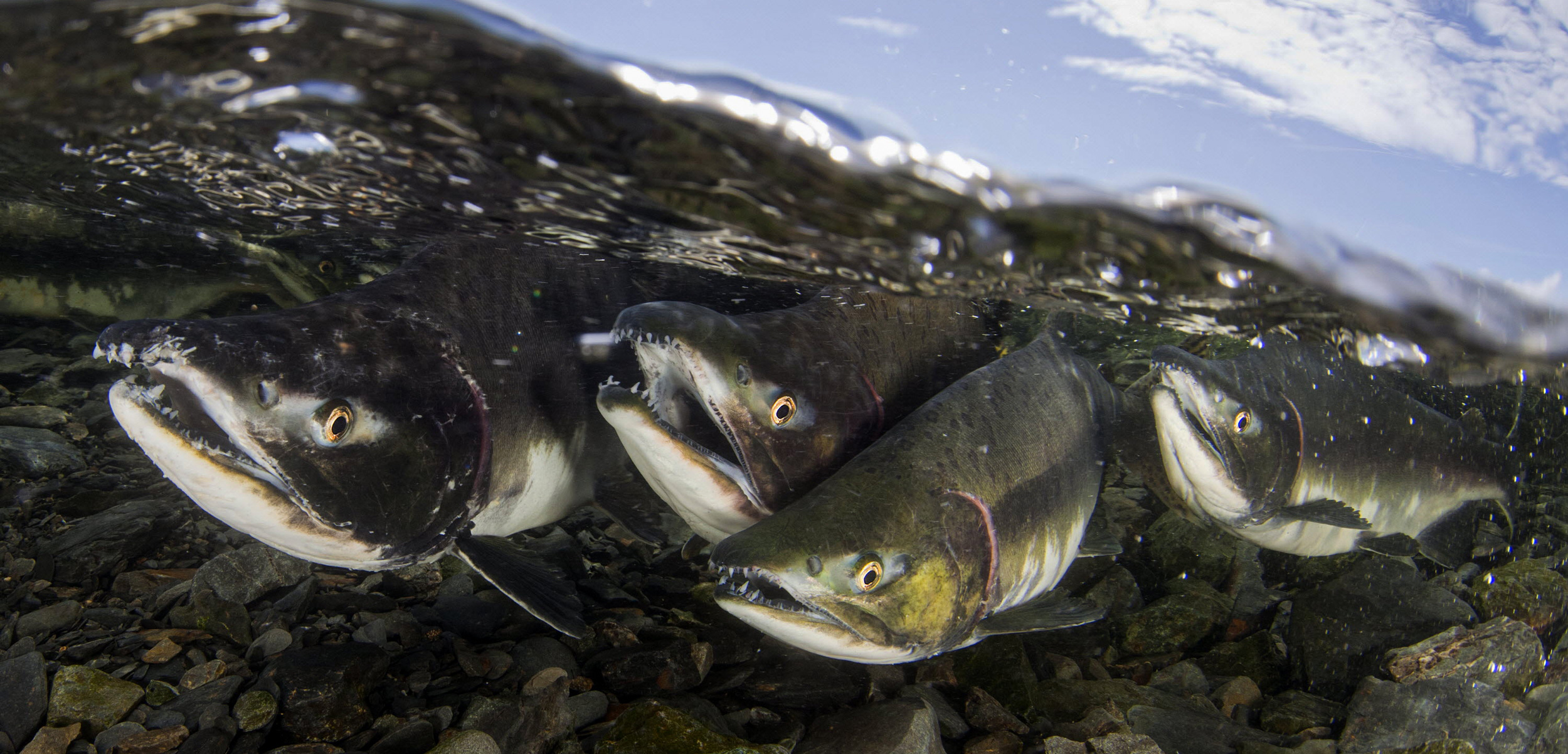
Human activities have had a significant impact on the diet of wild salmon. Pollution from industrial and agricultural sources can contaminate rivers and oceans, affecting the availability and quality of food sources for salmon. Overfishing has also depleted populations of smaller fish that salmon rely on for food. Additionally, interactions with farmed salmon can lead to competition for resources and the spread of diseases. These human influences disrupt the natural feeding patterns of wild salmon, highlighting the need for conservation efforts and sustainable fishing practices.
Effects Of Pollution And Overfishing
The effects of pollution and overfishing on wild salmon’s diet are significant. Pollution from industrial and agricultural sources can contaminate rivers and oceans, reducing the availability and quality of food sources for salmon. Overfishing has also depleted populations of smaller fish that salmon rely on for their diet. These human activities disrupt the natural feeding patterns of wild salmon, leading to potential consequences for their overall health and survival. Conservation efforts and sustainable fishing practices are essential to mitigate these negative impacts and ensure a healthy ecosystem for wild salmon.
Interactions With Farmed Salmon
Interactions between wild and farmed salmon can have significant impacts on the diet of wild salmon. The presence of farmed salmon in the same environment as wild salmon can lead to competition for food resources, as both species rely on similar prey items. Additionally, there is a risk of genetic interaction between farmed and wild salmon populations, which may affect their feeding behavior and dietary preferences. Understanding these interactions is crucial for managing sustainable fishing practices and preserving the natural diet of wild salmon.
Nutritional Benefits Of Salmon Diet

The salmon diet offers numerous nutritional benefits. Consuming wild salmon is particularly advantageous as it is rich in omega-3 fatty acids, which have been linked to various health benefits, including reduced risk of heart disease and improved brain function. Wild salmon also provides essential nutrients such as vitamin D, vitamin B12, calcium, iron, zinc, selenium, and iodine. These nutrients play vital roles in supporting overall health and well-being. Incorporating wild salmon into your diet can be a delicious way to nourish your body with these important nutrients.
Health Benefits Of Consuming Wild Salmon
Consuming wild salmon offers a range of health benefits. It is a rich source of omega-3 fatty acids, which have been linked to reduced risk of heart disease and improved brain function. Wild salmon also provides essential nutrients such as vitamin D, vitamin B12, calcium, iron, zinc, selenium, and iodine. These nutrients play vital roles in supporting overall health and well-being. Incorporating wild salmon into your diet can be a delicious way to nourish your body with these important nutrients.
Omega-3 Fatty Acids And Other Nutrients In Wild Salmon
Wild salmon is not only a delicious seafood option, but it also offers a wealth of nutritional benefits. One of the key nutrients found in wild salmon is omega-3 fatty acids, which have been linked to numerous health benefits including reduced risk of heart disease and improved brain function. Additionally, wild salmon is rich in essential vitamins and minerals such as vitamin D, vitamin B12, calcium, iron, zinc, selenium, and iodine. These nutrients play crucial roles in supporting overall health and well-being. By incorporating wild salmon into your diet, you can nourish your body with these important nutrients while enjoying a flavorful meal.
Conclusion
https://www.youtube.com/watch?v=TZM7ESR0lzo&pp=ygU2V2hhdCBEbyBTYWxtb25zIEVhdDogRXhwbG9yaW5nIHRoZSBEaWV0IG9mIFdpbGQgU2FsbW9u
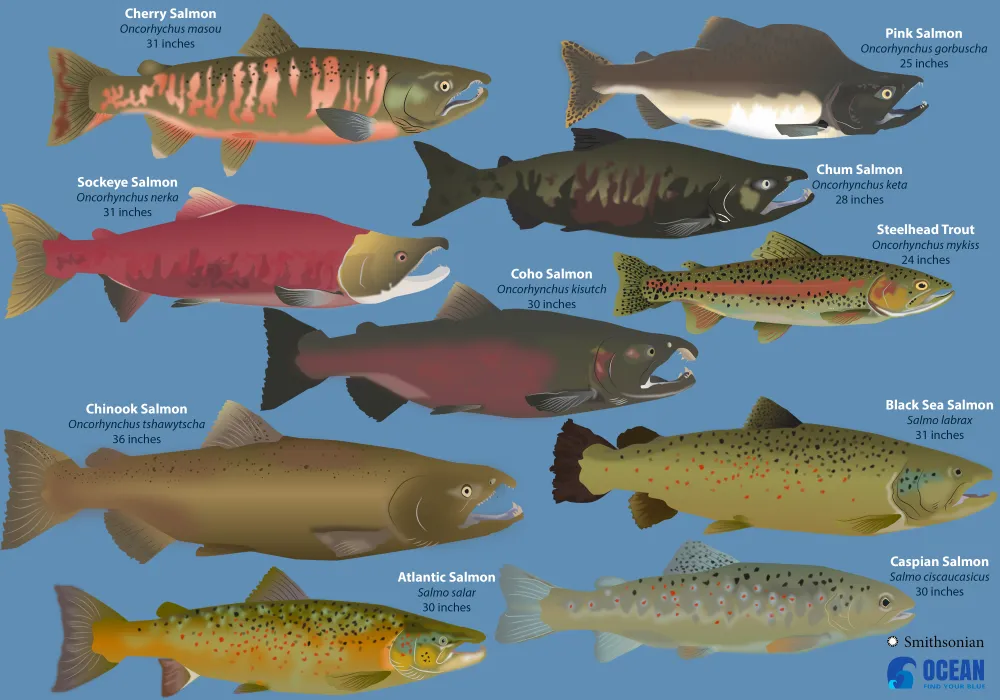
In conclusion, understanding the diet of wild salmon is crucial for their conservation and our own health. Wild salmon have a diverse diet that includes insects, tiny animals, shrimp-like creatures, squid, and forage fish. However, these food sources are under pressure due to factors such as predation and habitat destruction. It is important to protect their habitat and promote sustainable fishing practices to ensure the availability of nutritious wild salmon for future generations. By doing so, we can continue to enjoy the many benefits they provide while preserving their natural environment.
Summary Of Wild Salmon’s Diet
Wild salmon have a diverse diet that includes insects, tiny animals, shrimp-like creatures, squid, and forage fish. These food sources provide the necessary nutrients for their growth and reproduction. However, the availability of these prey items can be influenced by environmental factors such as habitat degradation and changes in water temperature. It is important to protect their natural habitats and promote sustainable fishing practices to ensure the continued availability of nutritious wild salmon for both their conservation and our own health.
Conservation Efforts And Sustainable Fishing Practices
Conservation efforts and sustainable fishing practices play a crucial role in ensuring the long-term survival of wild salmon. These initiatives aim to protect their natural habitats, prevent pollution, and manage fishing activities responsibly. By implementing measures such as habitat restoration, catch limits, and selective harvesting techniques, we can help maintain healthy salmon populations. Additionally, promoting sustainable aquaculture practices for farmed salmon reduces the pressure on wild stocks. Through these collective efforts, we can safeguard the future of wild salmon while also supporting the ecological balance of our oceans.
FAQ About What Do Salmons Eat: Exploring The Diet Of Wild Salmon
Q: What is the typical diet of wild salmon?
A: Wild salmon primarily feed on small aquatic insects, zooplankton, and smaller fish species during their freshwater and marine life stages.
Q: Do wild salmon consume plant matter as part of their diet?
A: Yes, wild salmon also consume algae, small plants, and detritus in addition to animal matter, as they are considered opportunistic feeders.
Q: Do the diet preferences of wild salmon vary based on the species?
A: Yes, the specific diet of wild salmon can vary depending on the species, habitat, and life stage. Different types of salmon may exhibit preferences for certain food sources.
Q: How does the diet of wild salmon impact their nutritional value?
A: The diverse diet of wild salmon contributes to their high nutritional value, as they receive essential nutrients like omega-3 fatty acids from consuming a variety of prey items in their natural environment.
Q: Can environmental factors affect the availability of food for wild salmon?
A: Yes, factors such as water temperature, habitat quality, and changes in prey abundance due to environmental fluctuations can influence the availability and composition of food sources for wild salmon.
Q: Are there any human activities that can impact the food sources of wild salmon?
A: Human activities such as habitat destruction, pollution, overfishing of prey species, and climate change can negatively affect the availability and quality of food for wild salmon populations.
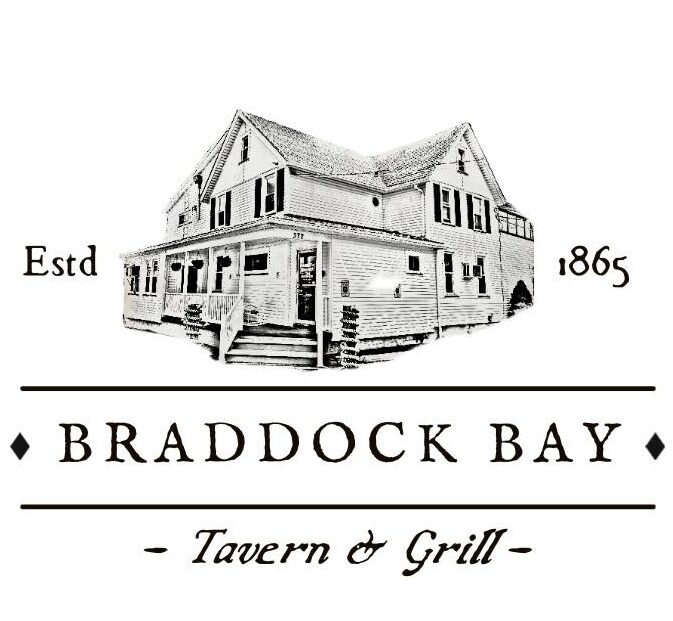
Welcome to Braddock Bay Tavern & Grill, where history, delicious cuisine, and stunning views come together to create an unforgettable experience. Our restaurant, situated on the picturesque edge of Lake Ontario, has a rich history that adds a unique charm to your dining experience. The roots of our establishment can be traced back to 1865, when it was first constructed as an icehouse. Over the years, it transformed into the historic Braddock Bay Hotel, becoming a beloved local landmark. Today, we take pride in preserving the building’s historical beauty, ensuring that every visit to our restaurant is a journey through time.